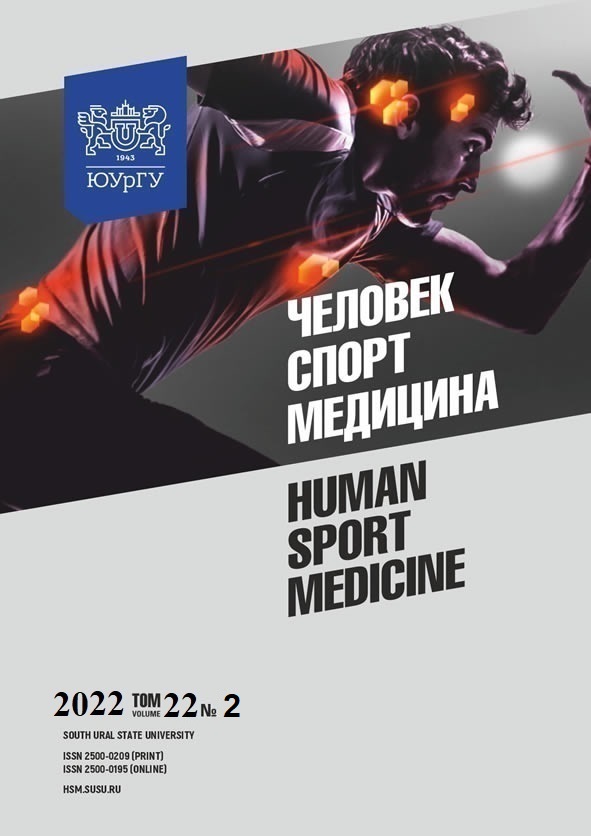AUTONOMIC REGULATION OF CARDIOVASCULAR PERFORMANCE IN STUDENTS WITH HEALTH CONDITIONS
Abstract
Aim. The paper aims to identify the features of body response to adaptive physical education among students excluded from traditional physical education due to health reasons. Materials and methods. Heart rate variability measurements were performed in students with health conditions before and after adaptive physical education. Heart rate variability was recorded with the Varicard 2.51 system before and after adaptive physical education. Statistical processing of the data obtained was performed with Microsoft Excel 2013. Results. Typological features of regulatory systems were identified in students excluded from traditional physical education due to health reasons. Specific responses of regulatory systems to adaptive physical education were also identified. Conclusion. An adequate response is considered when the performance of the parasympathetic nervous system and central regulation increases after adaptive physical education lessons with a simultaneous decrease in the performance of the sympathetic nervous system. Adaptive physical education should be adjusted with respect to the needs of students with health conditions.
References
References on translit
Copyright (c) 2022 Human. Sport. Medicine

This work is licensed under a Creative Commons Attribution-NonCommercial-NoDerivatives 4.0 International License.















